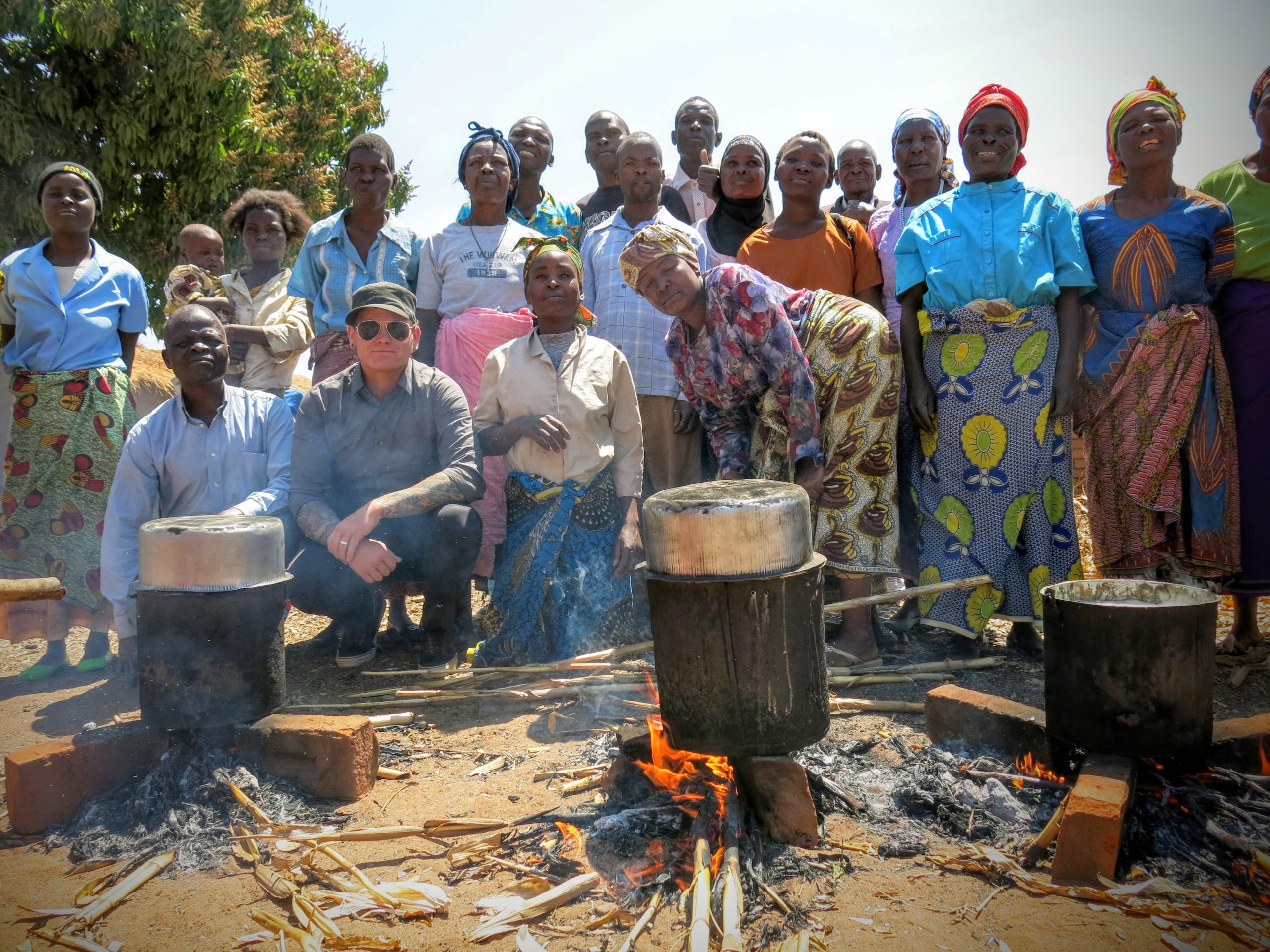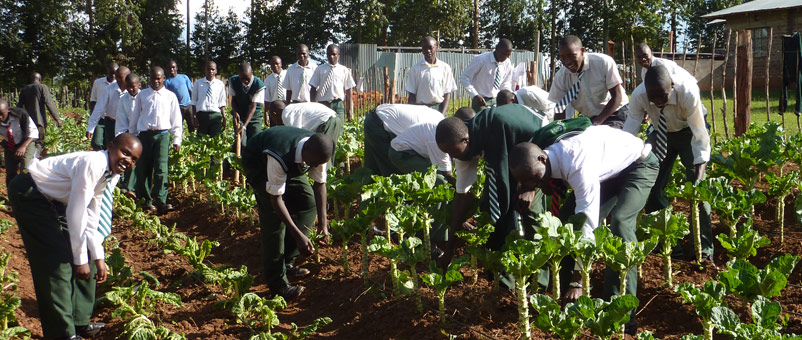The U.S. Agency for International Development’s John Ogonowski and Doug Bereuter Farmer-to-Farmer program (F2F) is very likely our nation’s single most cost-effective and successful effort to assist developing countries around the world.
The concept of F2F is simple. U.S. volunteers with decades of experience in farming and agriculture-related fields—as well as those with expertise in banking, business, academia and government service—spend about two to four weeks in a developing country working with local counterparts to help improve agricultural productivity.
Since the inception of F2F more than 30 years ago, showcasing the best of ‘citizen diplomacy’, nearly 17,000 American volunteers have shared American know-how and worked to improve agriculture in 112 countries. Armed with experience working in our own nation’s vast range of climates, ecosystems and soil types—as well as our strong tradition of agricultural research—these American volunteers are uniquely equipped to serve the needs of many different developing countries.
F2F volunteers work on assignments all along the agricultural value chain—from the field to processing to sales in the marketplace. To ensure the sustainability of these improvements, volunteers also work to facilitate access to credit, encourage environmentally friendly techniques, and equip participants with business skills. The use of volunteers for all of this keeps program costs down, ensures the dedication of participants, and allows thousands of experts to contribute their valuable knowledge to international development.

F2F volunteer Matt Cleaver worked with farmers in Malawi to implement improved mushroom processing and production techniques. Image credit: CNFA
While farmers in developing countries are often knowledgeable about raising their crops and livestock, improved methods developed in other parts of the world can be slow to arrive. This is where the practical experience of F2F’s volunteers is most useful. In most cases, their introduction of new and simple techniques that use inexpensive, locally available products can provide the key to significantly improving production.
Using these techniques, farmers gain the tools they need to advance beyond growing only enough food to feed their own families, and to begin growing and selling surplus products to generate extra cash. That means more food to feed growing populations—as well as higher incomes to reduce the exodus of rural people to the poverty of megacities.
F2F volunteers also help countries avoid some of the problems developed nations once faced as they moved from subsistence farming to more intensive agriculture. For example, the introduction of dry-land farming techniques can help a developing nation avoid a disaster like the Dust Bowl that hit United States in the 1930s.
I personally witnessed the considerable benefits generated through the F2F program through my own experience with CNFA (Cultivating New Frontiers in Agriculture), one of seven implementing partners of F2F today.
In Malawi, for example, one of our F2F volunteer experts worked with a mushroom cooperative to improve the pasteurization techniques that allow their mushrooms to grow without competition from other, undesirable fungi. After implementing some additional, simple changes in growing techniques—such as covering the buildings where they grow their mushrooms with clear plastic to better regulate temperature—the cooperative’s weekly sales of oyster mushrooms rose from 96 kg to 168 kg.
In many countries, farmers looking to earn an income or simply feed their family face many challenges during the dry season, especially as a changing climate has increased the variability of its timing and intensity in recent years.
F2F assignments allow implementers to provide a rapid, tailored response in communities in need of climate-smart agriculture techniques. This includes everything from starting preparations early enough to harvest currently available rain water to more effectively manage the soil in ways that minimize loss of moisture moving forward.
This year, one of CNFA’s volunteers Phineas Ellis supported Face-to-Face village facilitators in Malawi using a “training of trainers” approach. By helping these local lead farmers develop practices to get rain and moisture deeper into the soil, cover cropping and dry season indigenous plant cultivation, as well as to teach the importance of perennials and perennial foods, they are able to disseminate these practices to farmers long after the conclusion of Phineas’ assignment. As a result, a single volunteer’s impact is extended and more at-risk farmers are able to benefit from plants that are able to access deeper ground water and are more resilient during droughts or in dry areas.
When participants make this sort of progress, other farmers strive to imitate their success. In this way, good practices spread to help many more people beyond the initial beneficiaries of our efforts.
The U.S. benefits in ways beyond simple moral satisfaction. We gain security when higher incomes in these nations provide stability and reduce the risk of civil conflict. We gain trading opportunities by building a middle class that can purchase not only our agriculture-related goods and services—but also many other U.S. products.
And most importantly, our volunteers gain a deep understanding of the challenges faced by those in other countries and cultures—understanding that they can share with other Americans on their return home. And through their interactions with beneficiaries abroad, they also serve as “citizen diplomats” who represent the United States as a positive force in the international sphere.
And we get all this at a modest price. Between 2004 and 2014 alone, F2F assisted more than 460,000 people in dozens of countries, adding nearly quarter billion dollars to the gross annual incomes of these beneficiaries.
By using dedicated, expert volunteers to teach, train and facilitate, F2F provides the proverbial fishing pole rather than the fish. For more than 30 years, Farmer-to-Farmer has leveraged its humble budget to provide an enormous impact on international agricultural development. We need to keep it going for another 30.



